April 16, 2014 -- Updated 1054 GMT (1854 HKT)
STORY HIGHLIGHTS
- The vessel has been redeployed again
- While on deck, its data were downloaded
- Initial analysis of the data indicates no significant detections
(CNN) -- The underwater vessel searching for traces of the missing Malaysian jet resurfaced Wednesday to fix a technical issue, but then redeployed again.
While on deck, its data were downloaded, the Australian Joint Agency Coordination Centre said.
"Bluefin-21 ... is currently continuing its underwater search," it said in a statement. "Initial analysis of the data downloaded this morning indicates no significant detections."
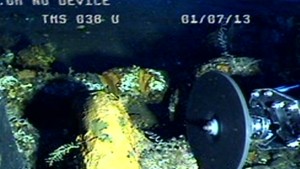
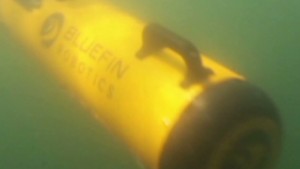

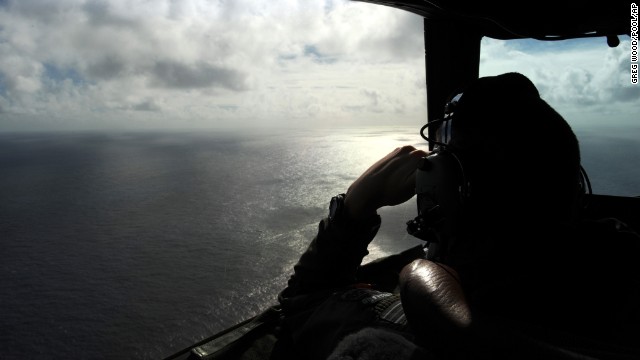
This is the second setback for the underwater vehicle deployed to scan the ocean floor for debris linked to Malaysia Airlines Flight 370.
In its first dive Monday, crews dipped it into the Indian Ocean on what was expected to be a 20-hour deployment. It returned less than eight hours later after it exceeded its maximum dive depth.
"What Bluefin did was it detected that it was moving was near its maximum depth, sending signals back to its operators, said Mike Dean, the U.S. Navy deputy director for salvage and diving.
" After the two signals which was deeper than what we anticipated, the operators decided to bring it back and reassess the boundaries in which they were operating it," he said.
It found no debris during its shortened scanning session.
Searchers lowered it toward the ocean floor for a second dive Tuesday, and it resurfaced short of its 24-hour mission because of technical issues. It then went down again.
24-hour mission
Bluefin-21 takes two hours to get near the ocean floor and another two hours to return to the surface. It aims to map the ocean floor for 16 hours to retrieve data, which then take four hours to analyze.
The vessel searches maximum depths of 4,500-meter (14,764-foot), and before the technical interruption, was scheduled to complete its second dive about 10 a.m. ET, a source said. It's unclear when it will finish its current mission following the resurfacing.
"We have known a long time that especially the recent search area, the new search area they are looking at now there's a lot of debris there because it is close to what we call the garbage patch and that's where all of the garbage accumulates," said Erik Van Sebille, physical oceanographer at University of New South Wales.

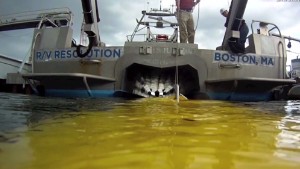

'Garbage patch'
"There are five in each basin and one in the Indian Ocean. Everything that has been thrown in the ocean in the last 50 years and still floating is somewhere in this garbage patch."
Malaysia Airlines Flight 370 vanished March 8 with 239 people aboard after taking off from Kuala Lumpur, Malaysia, bound for Beijing.
With no debris found after weeks of searches and no possible pings from the plane's black boxes detected in a week, officials said it's time to focus the search underwater.
While air and sea surface searches continued Wednesday some 2,087 kilometers (1,297 miles) northwest of Perth, those searches are likely nearing an end.
"The air and surface search for floating material will be completed in the next two to three days in the area where the aircraft most likely entered the water," said retired Australian Air Chief Marshal Angus Houston, head of the joint agency.
Fourteen planes, including three civilian jets and 11 ships, are involved in the search Wednesday.
It could take up to two months to scan the entire search area.

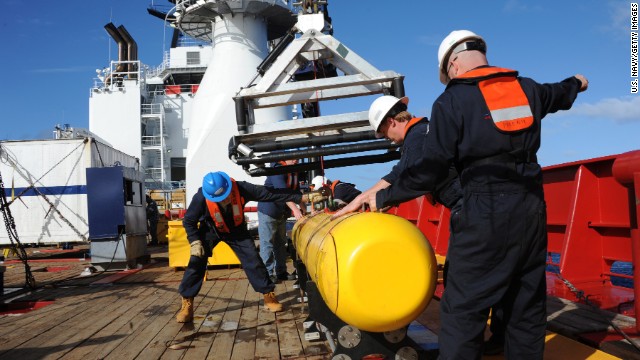
No comments:
Post a Comment